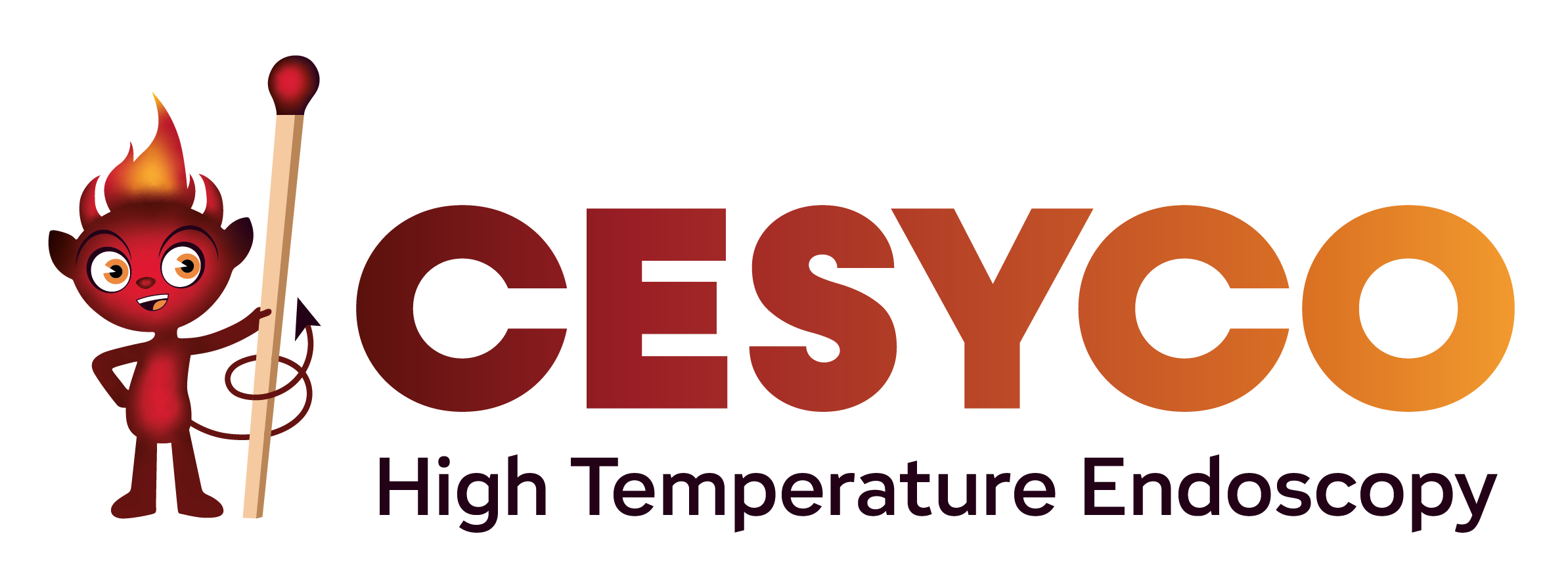A clear image: the basis of any successful inspection
In industrial inspection, the image is much more than just a visual: it’s crucial. When it becomes blurred, the accuracy of the analysis collapses.
But what does this loss of sharpness really hide? Is it simply dirt? A symptom of a deeper problem? This article will help you to find out (literally).
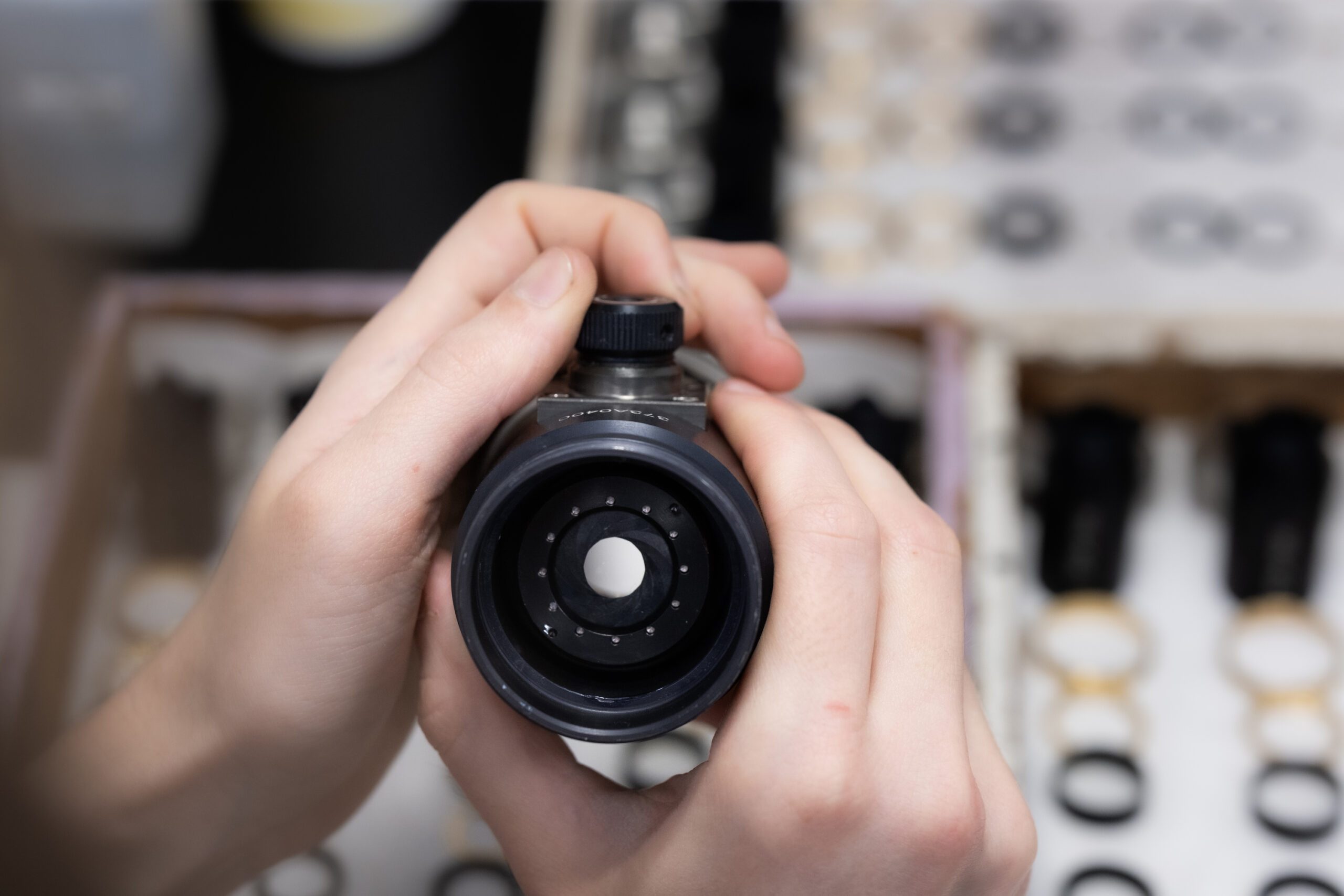
1. Screen blur: understanding the causes
Several factors can cause image blur, from the most benign to the most critical:
-
Dirty or dusty lenses: often the first cause, especially in dusty or greasy environments.
-
Internal condensation: due to high ambient humidity or thermal shock, this may indicate micro-cracking or seal failure.
-
Damaged lens: scratches, thermal shock or mechanical impact can permanently alter optical quality.
-
Poor lighting: a worn or dirty LED distorts the perception of sharpness.
-
Focusing problems: if the optical system is badly adjusted or damaged, the image will appear blurred even if the lens is clean.
2. The invisible enemy: dust and spray
In an incinerator furnace, cement plant or any other particle-laden atmosphere, the lens becomes a prime target for deposits.
🔥 Without active cooling, this dust accumulates and ends up dulling, scratching or clogging the lens.
Result: images with halos, spots, and sharpness in free fall.
The sectors most at risk :
-
Incinerators (charged fumes)
-
Cement works (abrasive particles)
-
Glassworks and foundries (high temperature + fine dust)
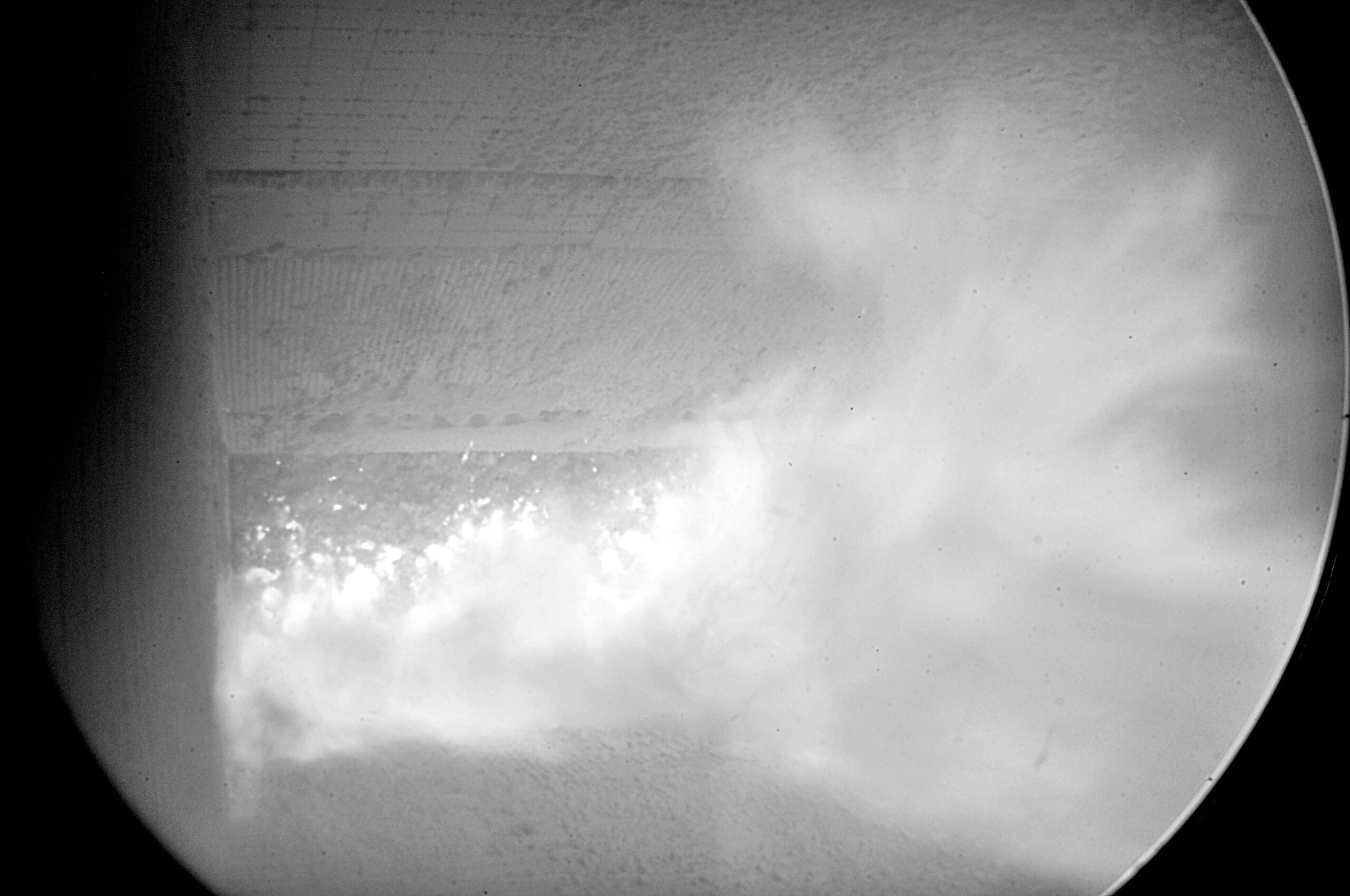
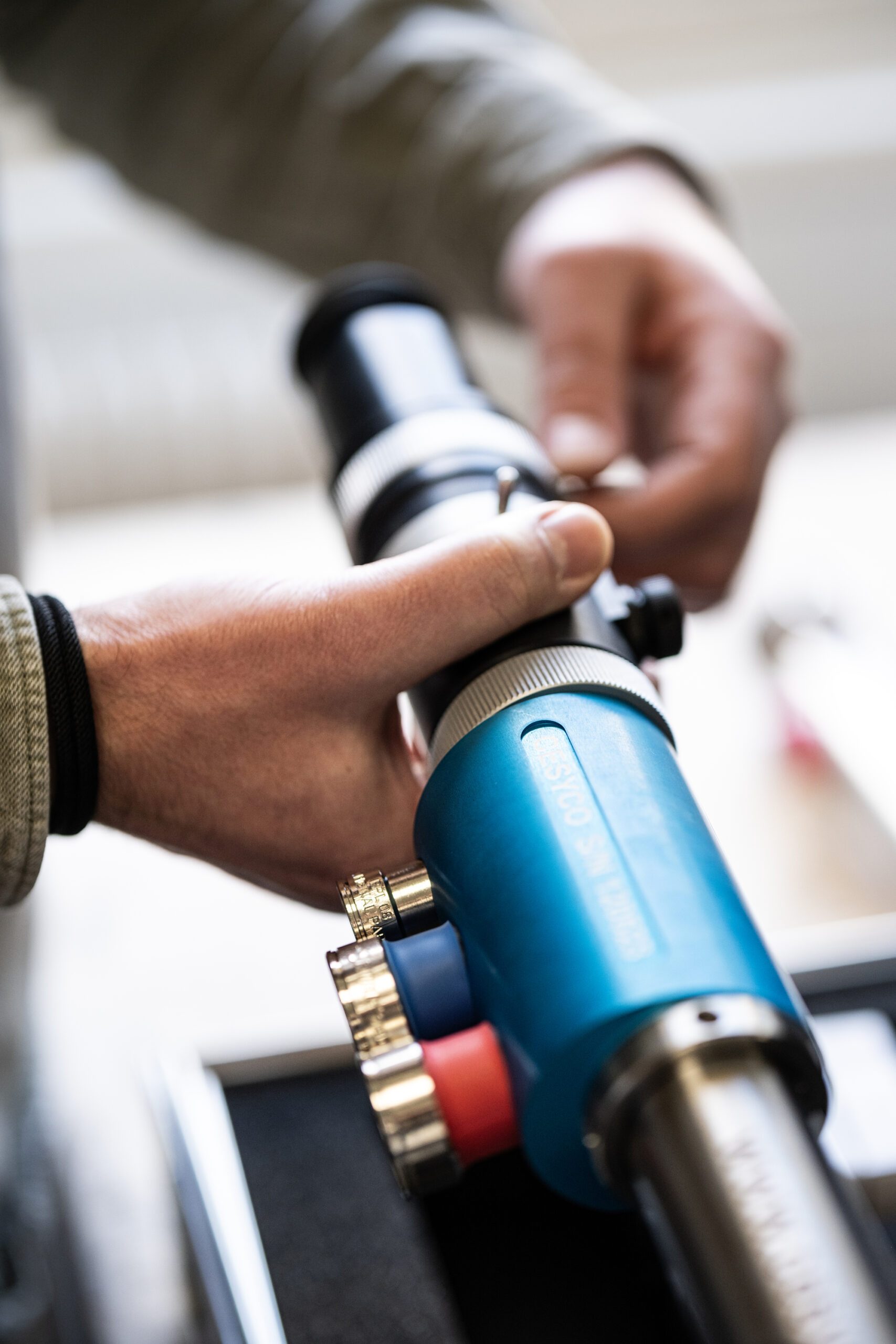
3. The right reflexes to adopt
You don’t need to be an expert to carry out a few simple checks:
A few good practices are often enough to extend the life of your equipment:
- Drain water after use, especially for liquid-cooled systems.
- Always activate cooling before inserting the endoscope into a hot zone.
- Clean lenses regularly, even between uses.
- Store equipment in a clean, dry, dust-free area.
4. Critical symptoms = return to workshop
Some situations leave no room for doubt. If you notice :
- A blurred image after cleaning.
- Internal marks, such as micro-scratches or permanent haze.
- Overheating or accidental immersion.
- Missing video signal: black screen, static, flicker…
👉 The endoscope needs workshop expertise. Better to act quickly to avoid irreversible damage.
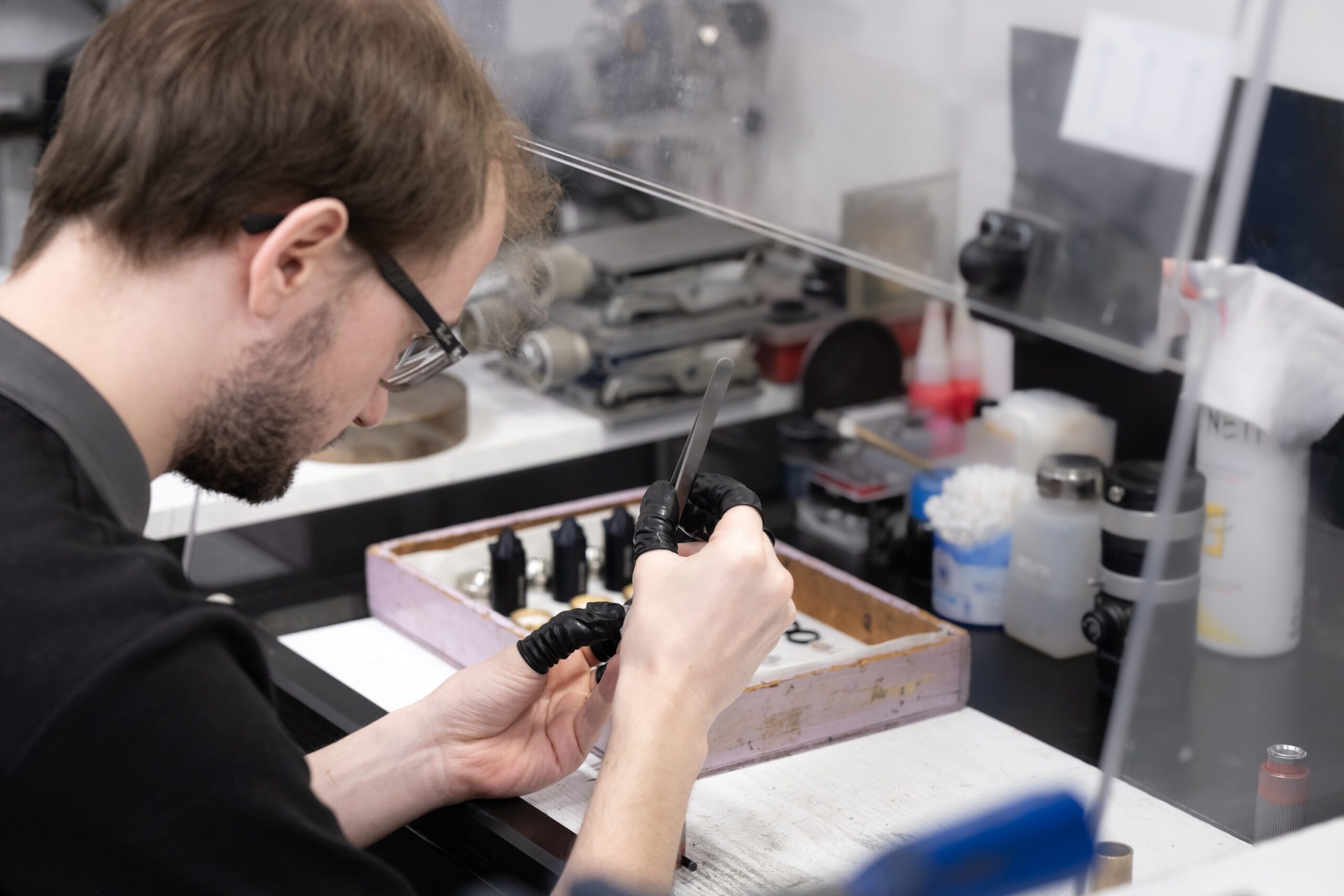
Conclusion
A blurred image is never harmless. It can be the symptom of simple clogging… or the harbinger of a weakened endoscope. In an industrial environment, where every inspection counts, it’s essential to react at the first sign of trouble.
Careful cleaning, a basic check or correct activation of the cooling system are sometimes all that’s needed to restore clear vision. But if the problem persists, it’s best not to wait: a workshop intervention can often save the endoscope, avoid costly replacement and leave you with fully operational equipment.
👉 If you notice any image degradation or have any doubts, please contact
. Our teams are here to help you. Whether you need a diagnosis, maintenance or repair, we put our expertise at your service.
📩 Contact us directly here for technical advice or to schedule an inspection.
